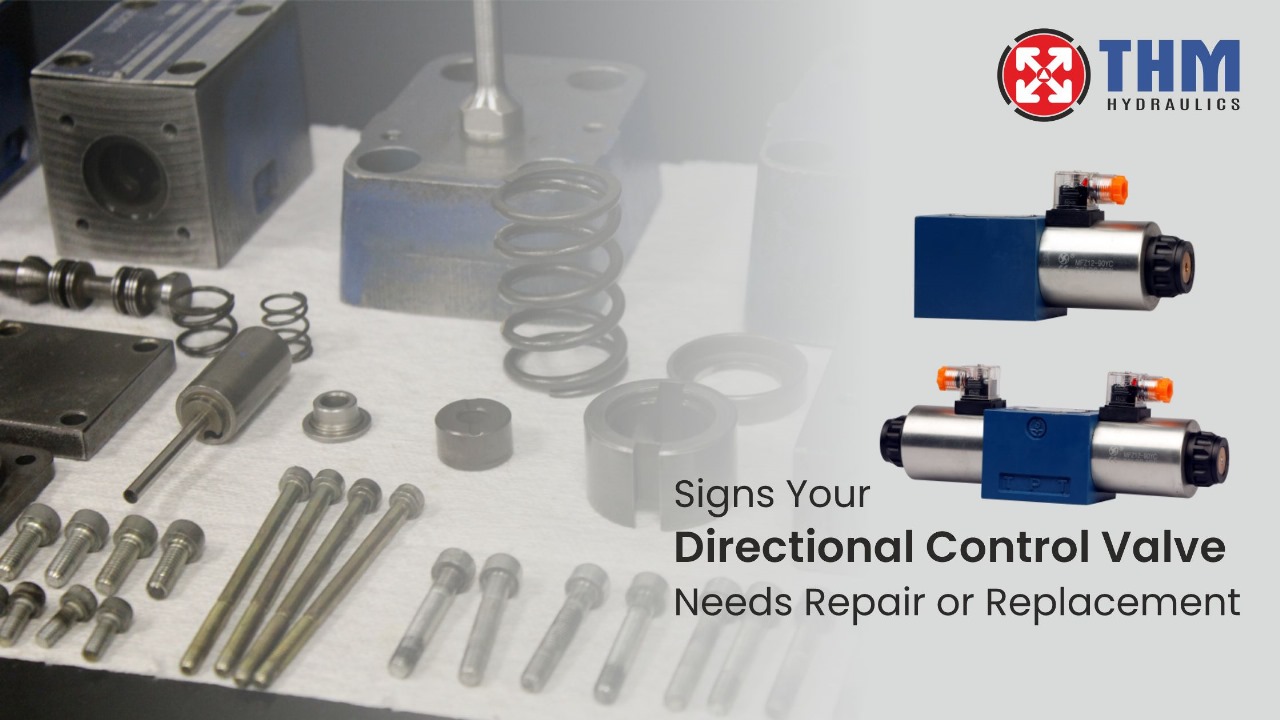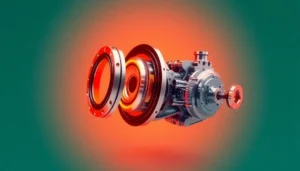As for the hydraulic and pneumatic systems, directional control valves are used for controlling the flow of fluids and providing accurate motion in industrial equipment. A faulty valve may result in reduced efficiency, low performance, and even total breakdown of hydraulic equipment. This paper aims to discuss the signs that may be used to detect valve failure in order to avoid costly repairs.
This article aims to identify some of the symptoms that may require the services of a directional control valve repair or replacement. It also responds to some of the most important questions such as:
- What is a directional control valve?
- How can one check a directional control valve?
- What is the concept of a control valve?
- How to determine the size of a control valve?
What is a Directional Control Valve?
A directional control valve is a control device that is used in hydraulic and pneumatic systems to control the flow of fluid in different directions. It controls the position of actuators like cylinders and motors through the opening or closing and the redirection of the fluid paths. There are different types of these valves and they include the following:
Spool Valves – The most versatile type of valve that works by the action of a spool that shifts the flow of the fluid within a housing.
Poppet Valves – Employ a spring to open and close port to regulate the flow of the fluid.
Rotary Valves – They are used through a rotary motion that changes the flow direction.
A directional control valve plays a crucial role in the smooth running of various industries like manufacturing, automobile, and construction equipment.
Signs Your Directional Control Valve Needs Repair or Replacement
Despite the fact that even high-quality directional control valves are designed to last for a long time, they may degrade due to contamination, excessive pressure, or lack of maintenance. Below are some of the symptoms that you may need to take your valve for repair:
1. Slow or Erratic Equipment Movement
This is a clear sign that the directional control valve of your hydraulic system is faulty and needs to be fixed. This issue may arise from:
Some valve parts may become clogged or contaminated which will make it difficult for the valve to operate as required.
- Damaged internal seals or spools that have been worn out
- Improper valve settings
2. Leaking Fluid
There is always a sign of a problem if there is leakage of hydraulic fluid around the valve housing. Common causes of leakage include:
- Damaged seals or gaskets
- Cracked valve body
- Excessive pressure damaging internal components
3. Unusual Noises
A directional control valve should be free from any loud noise when in operation. These sounds like hissing, knocking or whistling indicate certain problems with the valve could be the following:
- Air pockets in the hydraulic fluid
- Blockages due to debris or contamination
- Worn-out internal components
4. Sticking or Hard-to-Operate Valve
If the valve spool does not move freely or needs force to be moved then it could be as a result of the following:
- Contaminants blocking internal passages
- Bent or damaged spools
- Wear on the valve seats
5. Increased Energy Consumption
A faulty valve may cause the hydraulic pump to operate at a higher level thus increasing energy consumption.
Causes include:
Partial obstruction preventing free flow of fluids
- Internal leaks causing inefficiencies
- This may be as a result of either faulty valve sizing or poor calibration of valves.
How to Check a Directional Control Valve?
Maintenance and monitoring should be conducted often so that problems do not develop into worse situations. Below are the ways to check your directional control valve:
1. Visual Check – Check for signs of external leakage, rust, crack and loose connections.
2. Listen for Unusual Sounds – Hissing, knocking or cavitation noises should not be heard and if heard they point to some serious issues.
3. Check Valve Movement – Manually operate the check valve if it is required and check for any friction or tightness.
4. Monitor Flow and Pressure – One of the ways is to use a pressure gauge to observe the hydraulic pressure and see if it has dropped, which might mean that there is internal leakage or blockage.
5. Use Clean Hydraulic Fluid – Sometimes, it is advisable to flush the system with clean fluid to get rid of the contaminants that may be causing poor performance.
Preventive maintenance is very important in ensuring that the valve has a longer life span and does not fail when least expected.
What is the Basic Principle of a Control Valve?
The working of a control valve is to control the flow of the fluid or gas through the alteration of the opening of the internal parts such as spool, poppet, or disc. The valve functions by:
1. In this case, the input signal could be manual, hydraulic, pneumatic or electric signal that is received by the system.
2. Changing the internal mechanism to regulate the flow path
3. Controlling the flow rate, pressure or direction according to the need of the system
Control valves are used to regulate the pressure and flow rates in order to avoid any damage to the equipment and to enable a proper functioning.
How to Size a Control Valve?
It is important to choose the correct size of the control valve to ensure the proper functioning of the system and its durability. The following are the steps to follow when sizing a control valve:
1. Determine Flow Rate Requirements
Determine the flow rate that is required by the system based on the hydraulic demand.
– Take into account the maximum and average usage rates.
2. Identify Operating Pressure
Check the inlet and outlet pressure to determine if the valve can withstand the pressure difference.
3. Select the Correct Valve Type
When selecting the type of valve to be used in a particular application, one can opt for spool, poppet, or rotary valves.
4. Consider Fluid Properties
– The viscosity, temperature, and contaminants in the fluid affect valve performance.
5. Account for Safety Factors
It is recommended to choose a valve with a slightly higher flow coefficient to meet the fluctuations in the system. Selecting the right size helps avoid such problems as pressure drops or wear that can be too much for the system.
Conclusion
A directional control valve is a hydraulic device that plays an important role in controlling the flow of fluids in a hydraulic system. Maintenance checks also enable one to identify signs of failure at an early stage including slow response, leakage, noises and high energy consumption.
Thus, knowing how to check a directional control valve, the basic principle of a control valve, and how to size a control valve will help you achieve better system performance and increase the service life of hydraulic components.
THM Huade Hydraulics is the source of genuine and high-quality hydraulic products and services that you can rely on. It is therefore important to maintain your directional control valve in the best condition so as to increase its efficiency, reduce on time for repairs and to improve the overall performance of the system.



